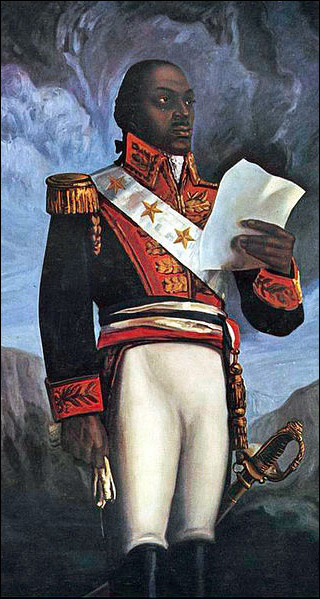
Général François-Dominique Toussaint Louverture, called the Black Napoleon, was a leader in the Haitian Revolution who helped to overthrow the institution of slavery and turn Haiti into an independent state. (This image is public domain. Source: NYPL Digital Gallery.)
Instructor(s)
Prof. Malick Ghachem
Prof. Jeffrey S. Ravel
Prof. Craig Wilder
MIT Course Number
21H.001
As Taught In
Fall 2013
Level
Undergraduate
Course Description
Course Features
Course Description
This course explores fundamental questions about the causes and nature of revolutions by looking at how people overthrow their rulers and establish new governments. Considers a set of major political transformations throughout the world and across centuries to understand the meaning of revolution and evaluate its impact. Examines how revolutionaries have attempted to establish their ideals and realize their goals. Asks whether radical upheavals require bloodshed, violence, or even terror. Seeks to explain why some revolutions succeed and others fail. Materials include the writings of revolutionaries, declarations and constitutions, music, films, art, novels, memoirs, and newspapers.


